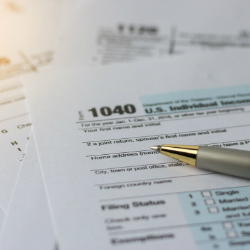
Are you among the 75% of taxpayers who will likely receive a tax refund this year? If so, one of the best moves you can make is to decide ahead of time what you’ll do with that money. So, what should you do? Here are a few ideas.
- Stock your emergency fund. Living without a financial reserve is stressful. There are just too many expensive things that can go wrong. So, if you’re among the many Americans who don’t have a sufficient emergency fund, a tax refund could go a long way toward getting one started.
The ideal emergency fund has three to six months’ worth of essential living expenses. You can be on the smaller end of that spectrum if you have relatively few breakable moving financial parts in your life, such as if you’re single, rent an apartment, and have a secure job. But if you have a family, own a home, and your job doesn’t feel so secure, aim for the higher end of the spectrum.
Don’t worry if you can’t get there in one fell swoop. Just start where you can, such as with most or all of your tax refund, and then add to the account over time. It’s best to keep your emergency fund in a separate savings account. If you keep the money in your checking account, there’s a risk the money could end up getting used for something else.
- Pay down debt. Putting money toward your debts may not seem very satisfying, especially if your tax refund will only enable you to pay off a portion of what you owe. But take a look at how much more quickly you could get out of debt if you did put it toward your debt. Using the Accelerated Debt Payoff Calculator , enter your current balance, the interest rate you’re being charged, and your monthly payment amounts.
Using our $5,000 example, assuming a 17% interest rate, and a 4% required minimum monthly payment ($200), it will take 32 months to wipe out this debt. And that assumes you keep paying $200 each month even though your creditor will likely lower your required payment amount each month (assuming you don’t add to your balance),
which will push back your payoff date and cost you more in interest.
But what if you change the balance to $3,500? And importantly, what if you keep paying $200 per month toward that debt? According to the calculator, you’d be out of debt in just 21 months. You’d shorten your debt payoff time frame by nearly a year! As someone who once had $20,000 of credit card debt, trust me, getting to your debt-free
date sooner than later will be very satisfying.
- Build a replacement fund. If you own something expensive that one day will need to be replaced, or if you’re saving for something expensive, a tax refund could give you a nice head start. This year, my wife and I will celebrate our 20th wedding anniversary with a one-week trip to Paris. We’ve been saving for it for over three years and have all the money we’ll need sitting in savings. Windfalls, like tax refunds, have gone into this savings account. We’re taking the same approach in saving for a new vehicle to replace our 2003 van, which we plan to do in the fall of 2020.
What big expenses do you have coming up? Will one of your vehicles need to be replaced in the next five years? How’s the roof on your house? What about your furnace and air conditioner? Building a big-ticket item savings account will help you avoid having to use debt to pay for these items.
Are you expecting a tax refund this year? How do you plan to use the money?
Matt Bell is the author of Trusted: Preparing Your Kids for a Lifetime of God-Honoring Money Management. He speaks at churches and conferences throughout the country and writes the MattAboutMoney blog.
This article should not be considered legal, tax, or financial advice. You may wish to consult a tax or financial advisor about your individual financial situation.



